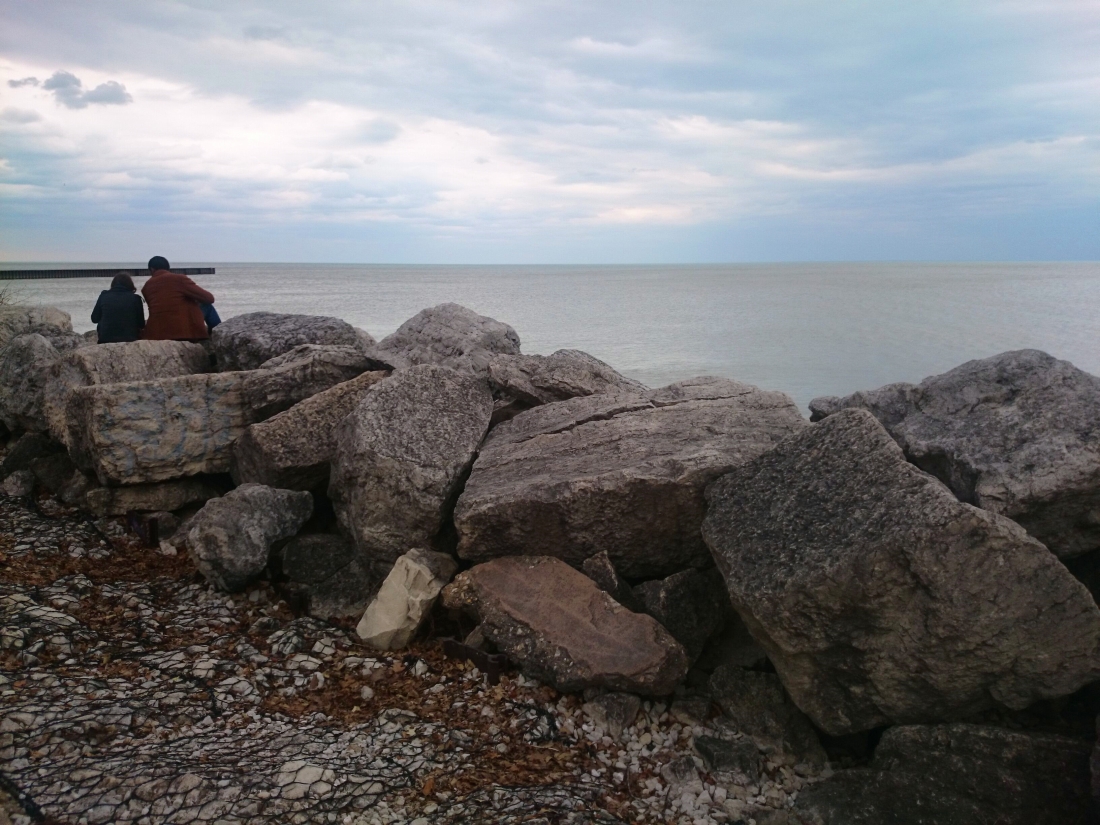By Ruojing Liu
Environmentalists within the Great Lakes region announced a campaign platform Wednesday, asking the 2016 presidential candidates to support a Great Lakes restoration and protection agenda.
The new platform includes endorsement of maintaining at least $300 million each year for the Great Lakes Restoration Initiative within the Federal budget. President Obama cut that fund from the current $300 million to $250 million in his recent proposed fiscal year 2017 budget.
“Millions of people are counting on the next president of the United States to stand up for the Great Lakes,” Todd Ambs, campaign director at the Healing Our Waters-Great Lakes Coalition, said in a press release. “The nation cannot afford to stop protecting the Great Lakes, because restoration efforts will only become more difficult and expensive the longer we wait.”
The Healing Our Waters-Great Lakes Coalition is joined by the Council of Great Lakes Industries, the Great Lakes and St. Lawrence Cities Initiative, the Great Lakes Commission, and the Great Lakes Metro Chambers Coalition in promoting the platform.
Announcement of the platform comes as primaries draw near within the eight Great Lakes states. Minnesota held its caucus March 1, and Michigan, Ohio, Illinois, Wisconsin, New York, Pennsylvania and Indiana have scheduled primaries from March 8 to May 3. Republican candidates debated in Detroit Thursday, and Democratic candidates will debate in Flint, Michigan March 6.
“Investing in the protection and restoration of the Great Lakes is not only sound policy, but also has significant economic benefits for the region and the country,” the platform states.
The Great Lakes contain 95 percent of the nation’s fresh surface water and supply drinking water to about 40 million people in America and Canada. According to the platform, every $1 invested in Great Lakes restoration generates at least $2 in return; more than 1.5 million jobs are directly connected to the Great Lakes. If the Great Lakes region were a country, its $6 trillion annual output would make it the third-largest economy in the world, said Ed Wolking Jr., executive director at the Great Lakes Metro Chambers Coalitions.
“Presidential candidates who want to support the region’s manufacturing and industrial base need to embrace the restoration and protection of the Great Lakes,” said Kathryn Buckner, president of the Council of Great Lakes Industries. “Federal policy and investment that support the sustainable use of Great Lakes water resources will support a healthy and competitive regional economy.”
In 2004, former President George W. Bush brought the eight-state region together to craft a plan to address threats posed by toxic pollution, habitat destruction, polluted runoff, sewage contamination, invasive species, and other natural stressors.
Right now, the $300 million a year federal investment is devoted to clean up legacy contaminants, fight invasive species, restore habitats, and find solutions for polluted run-off.
Reported environmental crisis in the Great Lakes these years include the Asian Carp outbreak, and the toxic algal bloom in western Lake Erie that halted delivery of drinking water for more than 400,000 people in and around Toledo, Ohio for three days in 2014. The most recent drinking water contamination crisis in Flint, Michigan began in April 2014, when the city’s residents were exposed to high levels of lead in drinking water, which led to Obama issuing a state of emergency for Michigan early 2016.
In early February this year, the U.S. Environmental Protection Agency released a “Clean Watersheds Needs Survey 2012” report. According to the report, about $77 billion is needed in the next few decades to curb sewage overflows and protect community drinking water in the eight Great Lakes states.
However, on February 9, Obama, within his proposed budget, cut funding for the Great Lakes Restoration Initiative by $50 million compared to the current $300 million. The proposed budget also includes cutting the Clean Water State Revolving Fund, which helps communities fix wastewater infrastructure to prevent sewage overflows into drinking water. If enacted, the budget would invest about $355 million to the Great Lakes states – a cut of about $148 million.
The increase can be found within the Drinking Water State Revolving Fund, a program that helps communities improve their drinking water systems by offering access to low interest loans. The proposed $1.02 billion is an increase of $158 million from this year. It is widely believed that the Flint water crisis is the main reason why this section of the budget has been augmented.
In an explanation for certain allocation changes, the budget states that “climate change, along with population growth, land use, energy use, and socioeconomic changes, increases water demand and exacerbates competition among uses and users of water.”
The platform also includes entries asking the candidates to, among others, “support the implementation of a regional agreement by the region’s governors and the premier of Ontario to reduce nutrient runoff into Western Lake Erie by 40 percent by 2025 to curb harmful algal blooms.”
The Healing Our Waters-Great Lakes Coalition said it had sent the platform to remaining presidential candidates Ben Carson, Hillary Clinton, Ted Cruz, John Kasich, Marco Rubio, Bernie Sanders, and Donald Trump. All participating organizations said they would not endorse or oppose a candidate based on his or her reaction to the platform.

